Active Faults
Is our Fault Hazardous?
WEB LINKS:
What to do if you experience an earthquake
Earthquakes in Michigan?
Basic Info:
Seismic Monitor--interactive world map IRIS
Tectonics Observatory--CalTech
Active Faults
Interactive Map of active faults
Map of Active Faults in California, 2010
When is a fault active? GNS New Zealand
Active Faults of Japan- data base
Teton County, Wyo--Fault awareness
Central US Earthquake Consortium
Tools for forecasting Quakes
USGS Data on Earthquake Prediction/Monitoring
Earthquake Forecasting Methods
Predicting Earthquakes--Tulane U
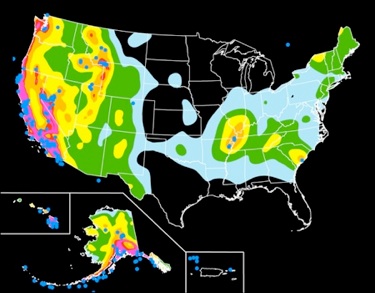
This map shows relative shaking hazards in the United States and Puerto Rico. During a 50-year time period, the probability of strong shaking increases from very low (black), to moderate (blue, green, and yellow), to high (orange, pink, and red). Map not to scale. Source: USGS
In a word, NO. Our fault is inactive. For it to be active, it must be driven by tectonics, gravity or some other big force. The diagram below shows how tectonics drives various fault types. The Keweenaw fault was driven by a huge continental collision during its active phase 1.1 billion years ago. But that collision is long over with, and the seismic activity near the big fault is very low (see black regions on the map below).
Inactive faults can become active again. In our case there are no signs of that, although UP seismologists remain observant.
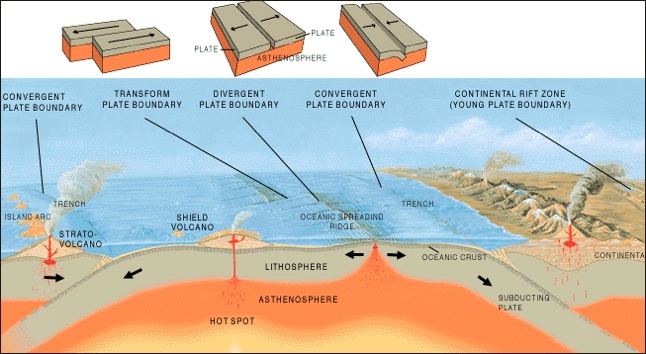
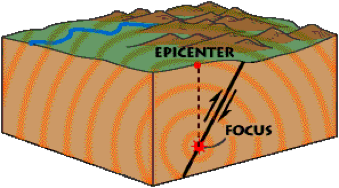
This diagram shows an earthquake along a fault. The focus of the earthquake is where the energy is released underground. The epicenter is the spot on the Earth’s surface directly above the focus.
USGS and NPS
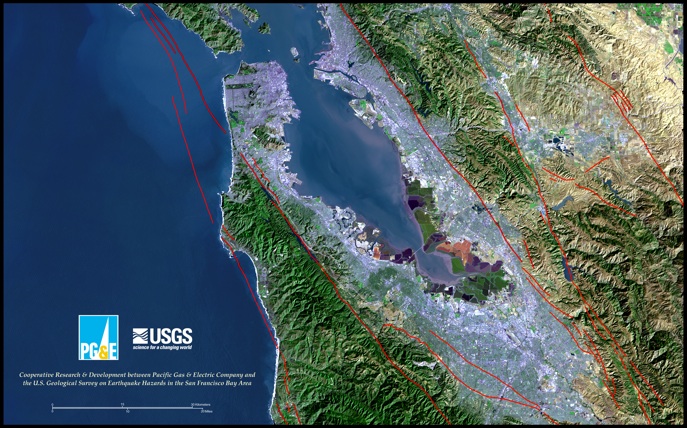
What does looking at old, inactive faults teach us about active ones?
We get to see what the subsurface looks like, because erosion has exposed what used to be far below. This helps us visualize modern active faults more accurately (see cross section below). We can see the complex geometry of the fault in a few places and begin to build some visualizations.
This use of analogous geological examples of different ages and erosional exposures is a well-worn kind of tool that geologists use to understand and build more accurate models of the subsurface. The best geologists are those who have seen the most rocks.
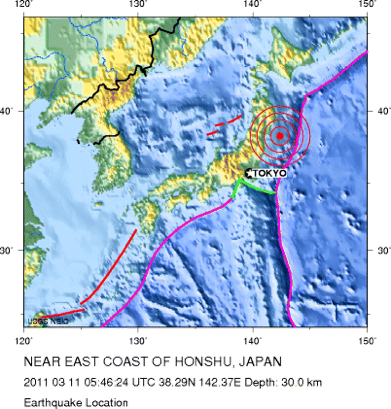
Active Faults are those faults that are still subject to Earthquakes, those that are hazards. Active faults are still active because an external force, often plate tectonic movements, are now pushing. So current plate boundaries strongly link to active faults.
The Keweenaw Fault, being a major thrust fault, was driven by a convergent plate boundary continental collision. We can compare it to current examples of great thrust faults that are now active: Offshore of Japan, Offshore of the Pacific Northwest US, The Himalayas, The Andes and Central America, most along the Ring of Fire.
Individual earthquake events driven along thrust faults may be major. An example is the 2011 Sendai event which produced major seismic damage and a deadly tsunami. During the lifetime of the Keweenaw Fault, which may have been a few million years, there were probably hundreds of major earthquakes, separated by decades to millenia of quiet.
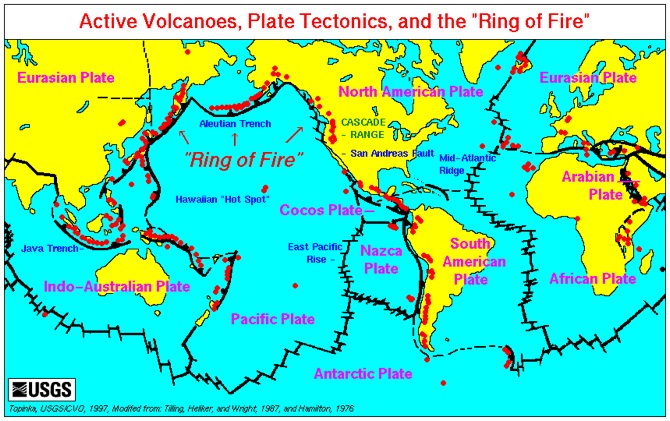
San Francisco



